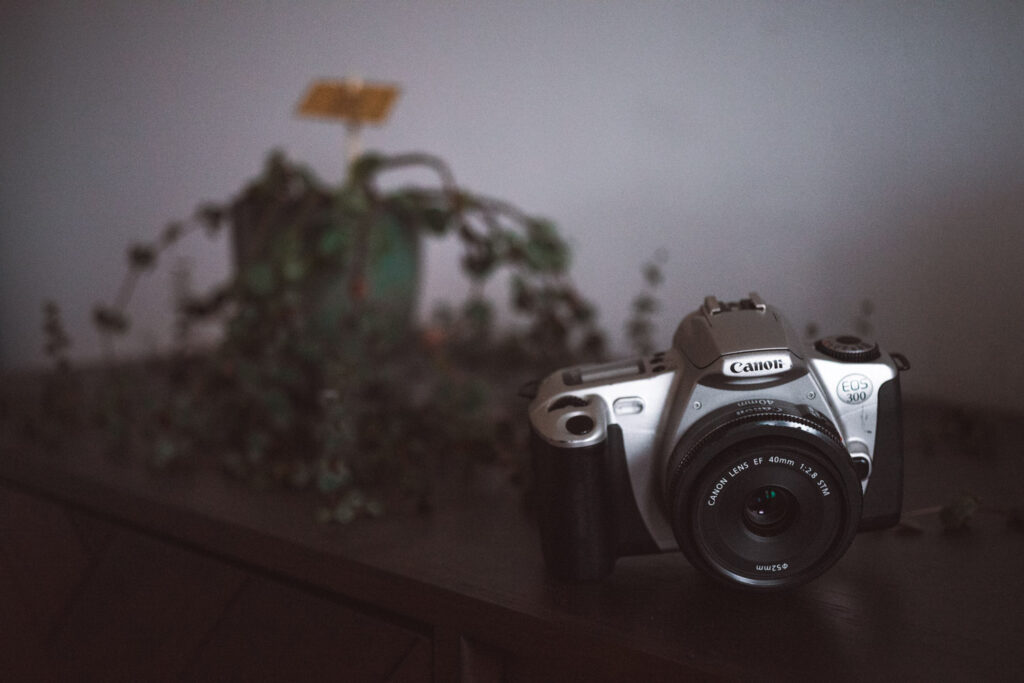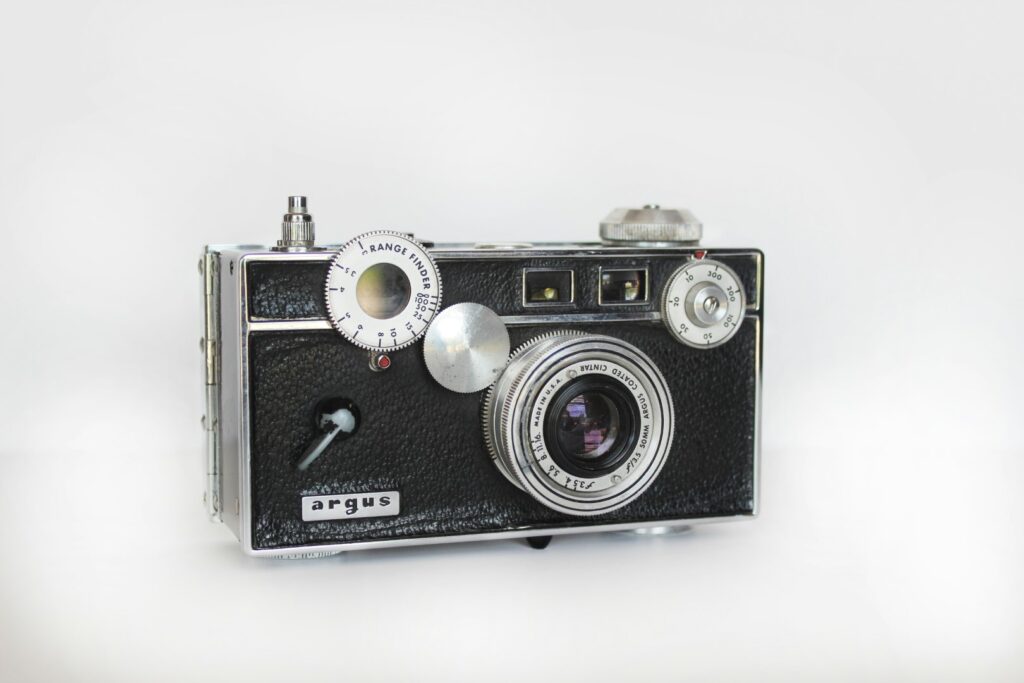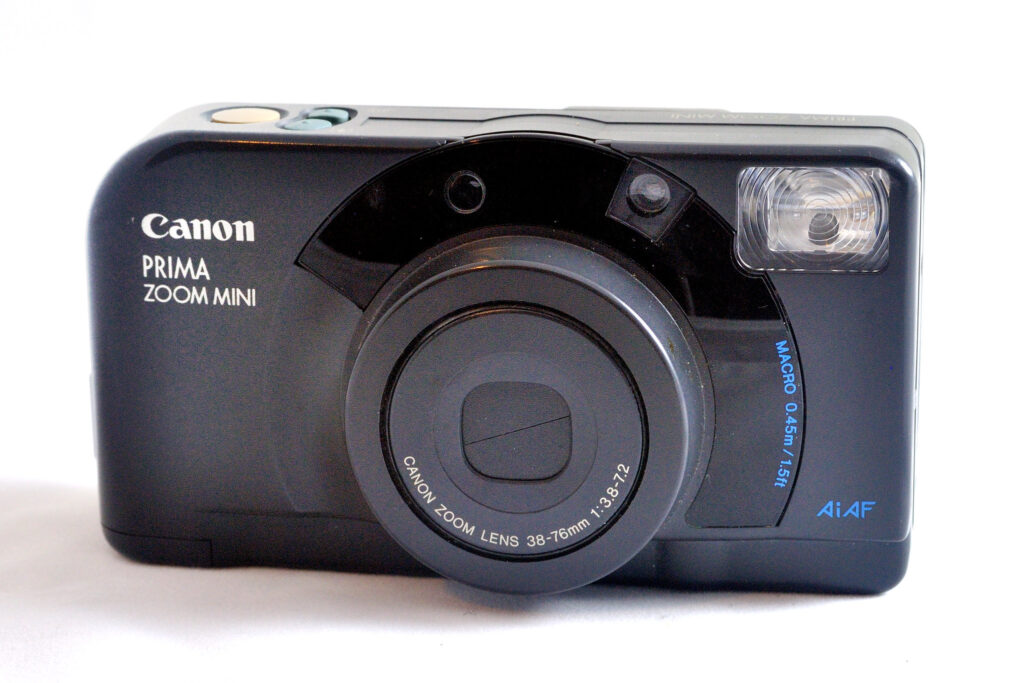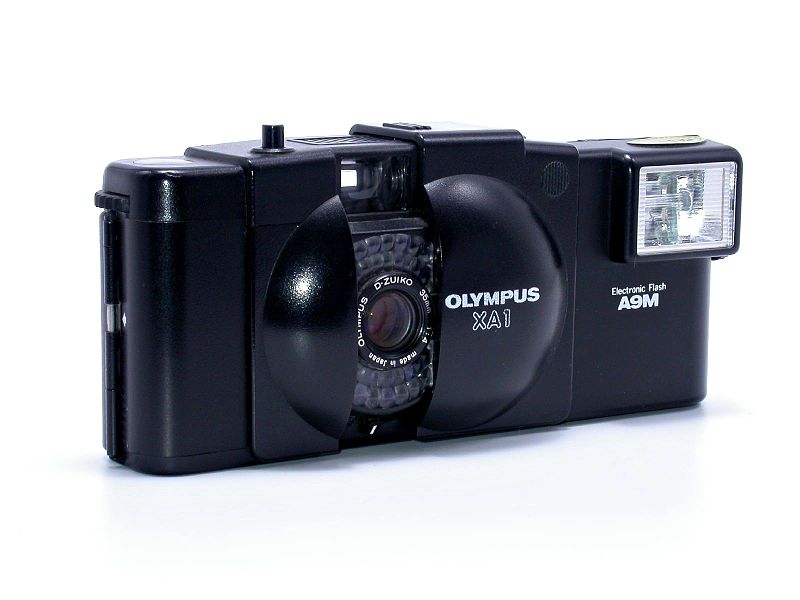The Canon Rebel 2000, also known as EOS 300 in other regions, is an ultra-compact and lightweight SLR camera, is a standout choice in the world of film photography. Launched as the successor to the New EOS Kiss/REBEL G/500N, this camera is designed with the ethos of being “easier to use and more comfortable” compared to its predecessors. What sets the Rebel 2000 apart is its reduced size and weight, coupled with an advanced autofocus system and enhanced exposure control.
This guide will delve into the various 35mm film options available, helping you to choose the best match for the unique features and capabilities of the Canon Rebel 2000. Whether you’re a seasoned photographer or new to the world of film, this guide will assist you in selecting a film that meets your artistic needs and fully harnesses the potential of your Canon Rebel 2000.
If you want to see more of the shots I took with this camera, make sure to head over to my dedicated Canon Rebel 2000 Flickr album.
Related content that might be relvant:
- Reviewing the Rebel 2000 / EOS 300
- All currently available Black and White films
- All currently available Color Negative films
- All currently available Slide films
Film Sizes and the Canon Rebel 2000 (EOS 300) Compatibility
Film sizes refer to the dimensions of photographic film and are critical in determining the type of camera they can be used with. Common film sizes include 35mm, 120 (or medium format), and large format, each offering different advantages and influencing factors like detail level, print size, and image style.
35mm Film: The most widely used film size, 35mm film, is known for its balance between affordability, accessibility, and image quality. It’s ideal for a range of photography styles, including casual, street, and situations where shooting many frames is desired. However, its smaller negative size means less detail compared to larger film formats.
120 Film (Medium Format): Offering a larger negative size, 120 film yields higher detail and quality, especially in enlargements. It’s favored by professional portrait, landscape, and fine art photographers. However, cameras for 120 film are generally bulkier and more costly, and the film itself has a higher per-shot cost compared to 35mm.
Large Format Film: This film, such as 4×5 or 8×10 inches, delivers the highest detail and quality, with unparalleled sharpness and tonality. The trade-off is in the size and expense of the cameras, as well as the high cost of the film.
The Canon Rebel 2000, is designed to use only 35mm film. This choice complements the camera’s design ethos of being compact, user-friendly, and efficient, while still capable of producing high-quality images. The use of 35mm film makes the Rebel 2000 versatile for various photography styles, from travel to everyday shooting. Additionally, the widespread availability of 35mm film in various types, such as color, black and white, and slide films, opens up many creative possibilities for users of the Canon Rebel 2000.
Exploring the different Types of Film Stocks
Black and White Film

Black and white film is revered for its classic, timeless look. It boasts a wide dynamic range, handles diverse lighting conditions well, and excels in highlighting textures and contrasts. Different black and white films offer varying tonal gradations or stark contrasts between light and dark.
The Canon Rebel 2000 (EOS 300) excels with black and white film, capturing intricate details and textures through its advanced features.
Color Negative Film:
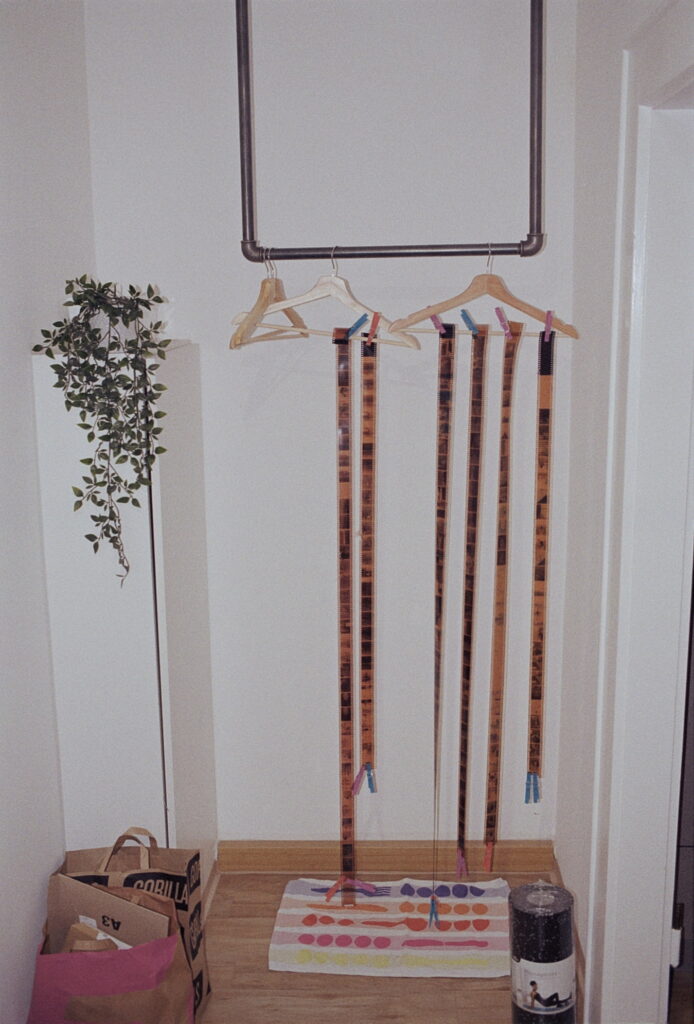
Color negative film, also referred to as print film, is the most prevalent type of color film. It records a broad spectrum of colors and is forgiving of exposure variations. Once developed, it yields a negative suitable for printing or digital scanning.
The Canon Rebel 2000 pairs effectively with a variety of color negative films, rendering colors vividly and accurately. Even films with a narrower exposure latitude are no problem, thanks to its accurate exposure meter.
Slide Film
Slide film, or reversal film, directly produces a positive image on the film. It’s celebrated for its vibrant, saturated colors and high contrast but requires precise exposure due to its narrow latitude.
The Canon Rebel 2000, with its automatic exposure capabilities, can adeptly use slide film, though careful metering is crucial to prevent over or underexposure.
Considerations when selecting your film
Film Speed (ISO)
Film speed, indicated by the ISO number, is a crucial aspect to consider. It reflects the film’s sensitivity to light. Lower ISO films, such as ISO 100 or 200, are less sensitive and ideal for bright conditions. Higher ISO films, like ISO 400, 800, or more, are better suited for low light environments or capturing fast-moving subjects.
The Canon Rebel 2000 automatically adjusts its settings according to the film’s DX code, which typically ranges from ISO 25 to 6400. Therefore, when choosing a film, consider your shooting environment. For sunny outdoor scenes, lower ISO films are preferable, while higher ISO films are more adaptable for varying or dim lighting conditions.
Aesthetic Qualities of your Film Stock
Each film stock imparts a unique aesthetic, influencing color rendition, contrast, grain structure, and the overall feel of the image. Films vary in their color saturation and neutrality, while black and white films differ in contrast levels and graininess. The Canon Rebel 2000’s versatile features and lens quality effectively capture these varied characteristics, allowing you to choose a film that matches your artistic vision.

Developing and Scanning your Film
Developing and scanning are integral to film photography. You can opt for home developing, which offers more control but requires skills, time, and equipment, or professional lab services for convenience at an additional cost.
Similarly, for scanning, you can invest in a home scanner or rely on lab services. High-quality lab scans usually yield excellent results but can be pricey. Home scanning allows personal control over the process but necessitates a good-quality scanner.
For Canon Rebel 2000 users, the decision between home or lab developing and scanning will depend on your budget, time availability, and desired level of control. Most 35mm films compatible with the Rebel 2000 can undergo standard color (C-41) or black and white developing processes, and they can be handled by any film lab or scanner.
Top Film Choices for the Canon Rebel 2000
Color Films
Kodak Portra 400 is a professional-grade, high-speed film celebrated for its superior color reproduction and excellent fine-grain structure. It’s particularly adept at capturing skin tones, making it a top pick for portrait photography. Its wide exposure latitude ensures detailed rendering in both shadows and highlights, allowing versatile shooting in varied lighting conditions. With the Canon Rebel 2000, Portra 400’s qualities are further enhanced, resulting in images with remarkable color accuracy and dynamic range, thanks to the camera’s precise exposure control and lens quality. Check current prices here.
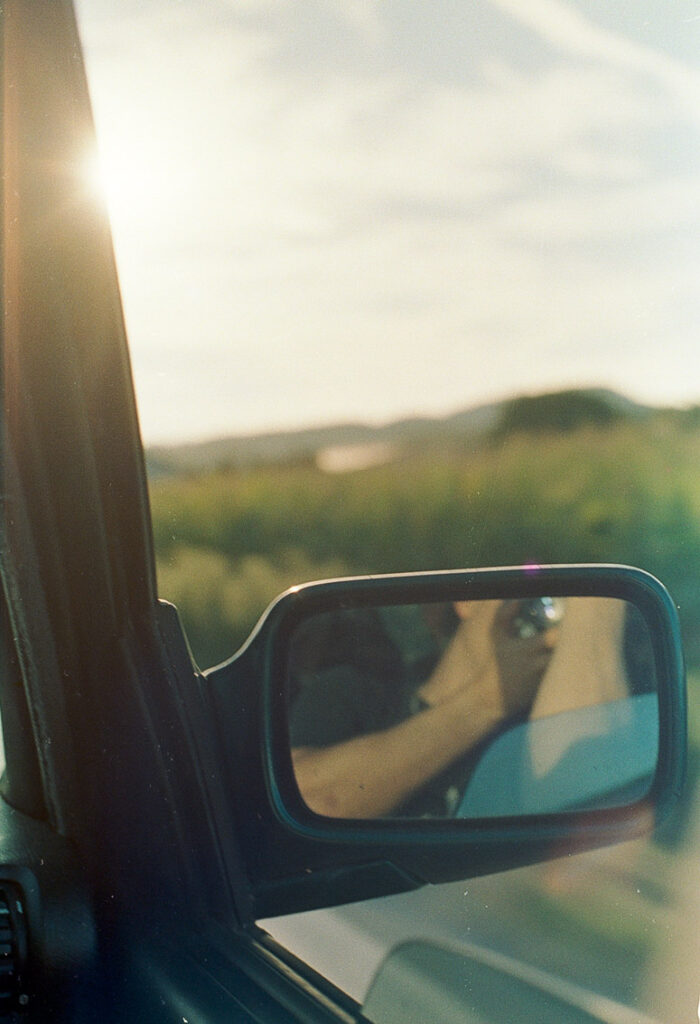

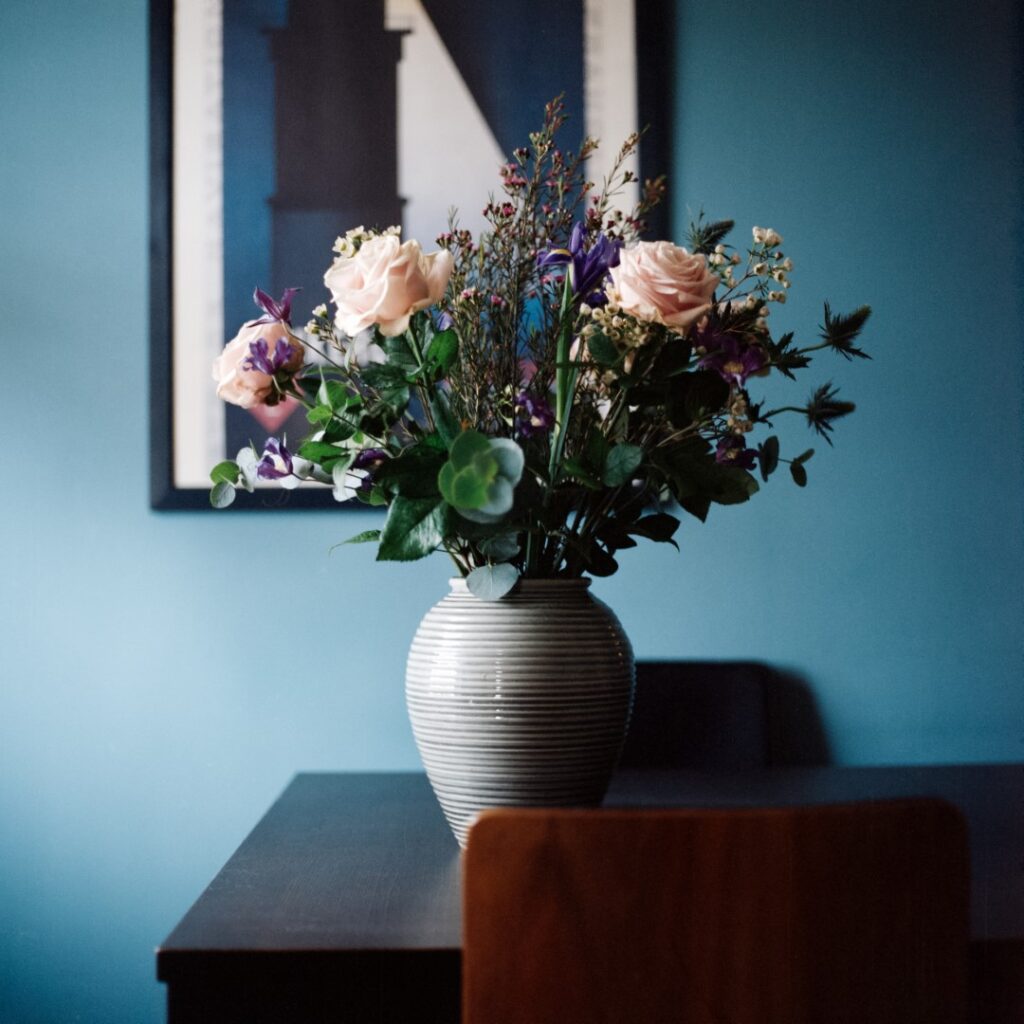
In case you want to see more Portra 400 examples check out my Portra 400 Flickr Album.
Kodak Gold 200 is known for its vibrant and warm color palette, making it ideal for everyday photography. It offers a slightly nostalgic feel, perfect for capturing moments with a timeless quality. Its ISO 200 rating makes it versatile for a variety of lighting conditions, from sunny days to overcast settings. In the Canon Rebel 2000, Kodak Gold 200 brings out a balanced blend of color fidelity and contrast, enhancing the camera’s ability to capture life’s moments with clarity and a hint of nostalgia. Check current prices here.



In case you want to see more Kodak Gold images check out my Kodak Gold 200 Flickr album.
Fujifilm 200 is a popular choice for its fine grain, high sharpness, and vivid color reproduction. With an ISO rating of 200, it excels in a range of lighting conditions, offering consistent performance. Its color rendition tends to be vibrant, with a lean towards natural hues, giving images a lifelike quality. In combination with the Canon Rebel 2000, Fujifilm 200 ensures high-resolution, sharply focused images, with the camera’s advanced metering system ensuring accurate exposure. This film is well-suited for a variety of photographic endeavors, from landscapes and portraits to everyday snapshots. Check current prices here.
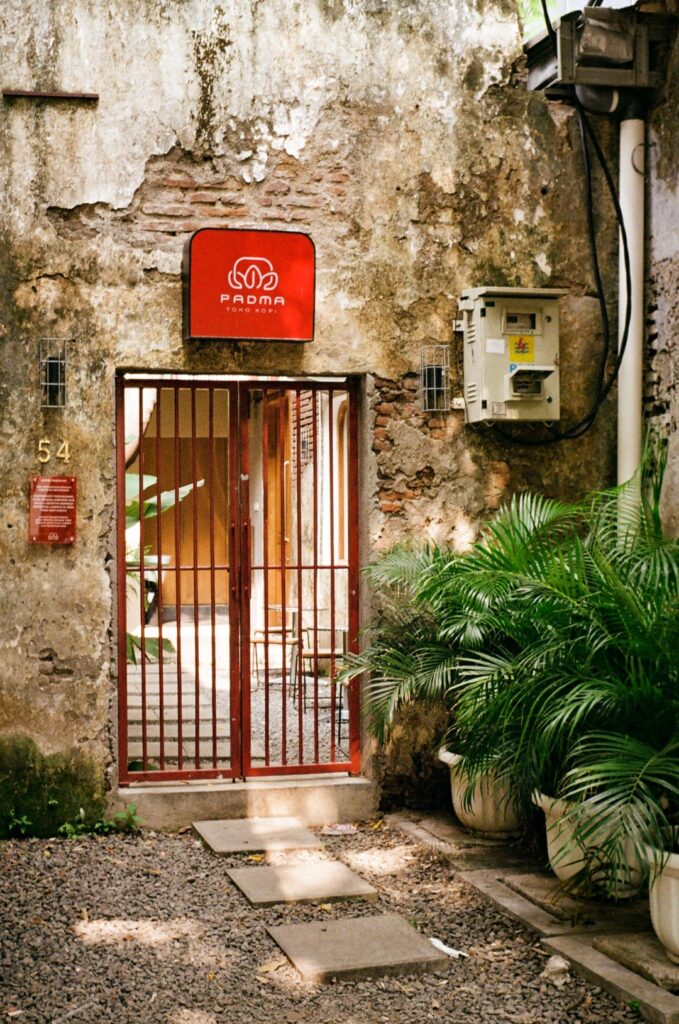
For those keen on exploring more, we have a comprehensive list of all available color negative film stocks. This resource is perfect for photographers looking to experiment and find the film that best suits their creative vision. Check it out to discover a wider world of color film possibilities.
Black and White Films
Ilford HP5 Plus is a high-speed black and white film renowned for its rich contrast, superb sharpness, and generous exposure latitude. With an ISO rating of 400, it’s versatile enough for various lighting conditions, making it ideal for a range of photographic styles, including street, landscape, and portrait. In the Canon Rebel 2000, HP5 Plus leverages its flexible nature to capture images with a wide tonal range, from deep blacks to bright highlights, effectively bringing out the textures and details in every scene. Check current prices here.
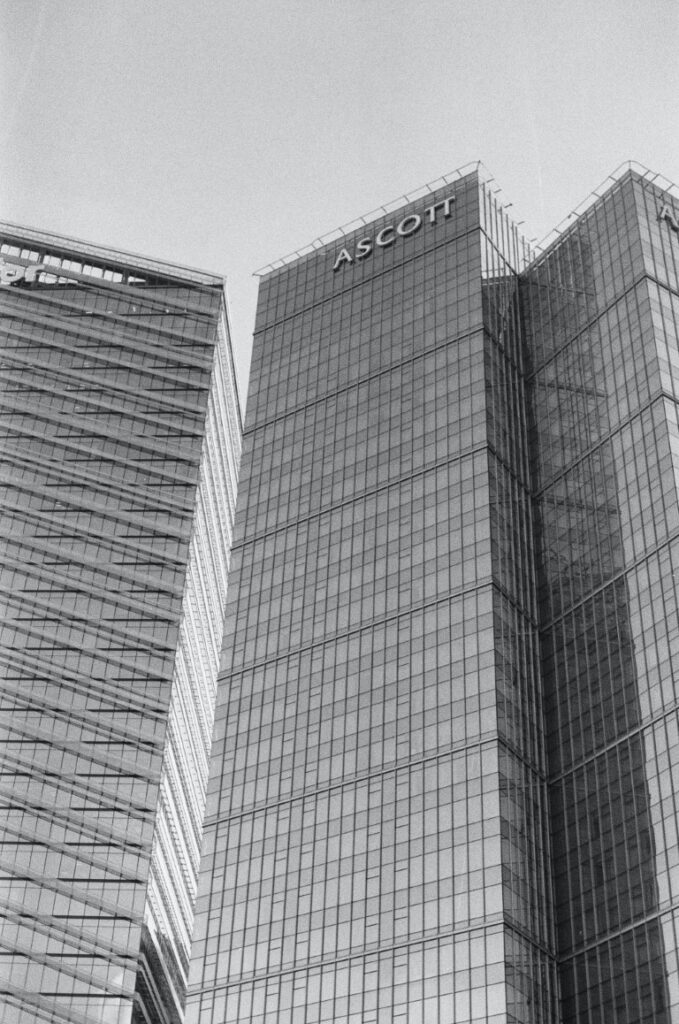
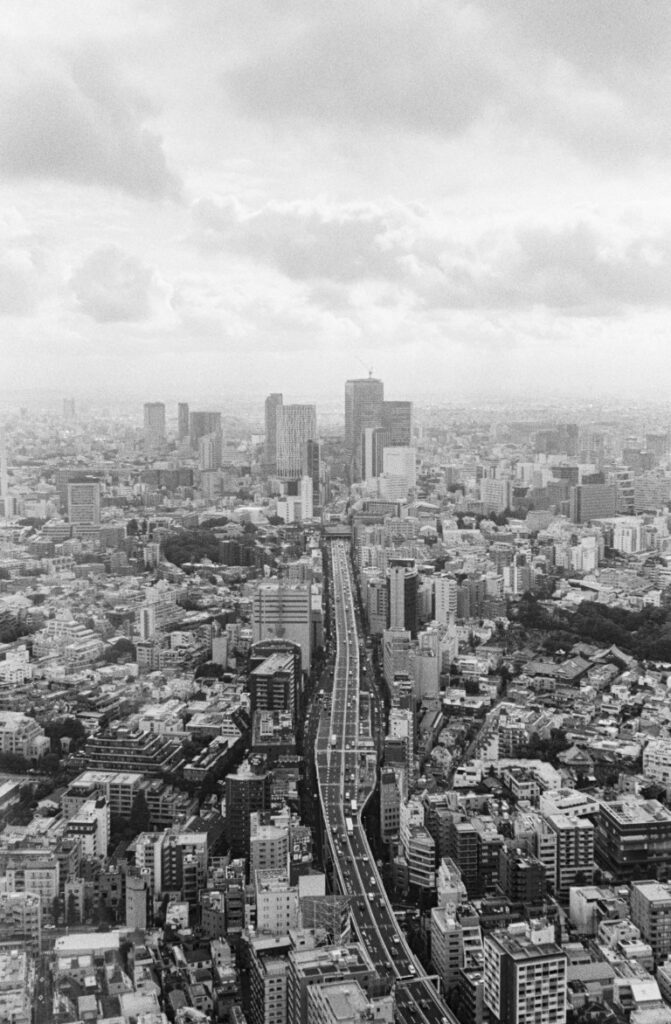
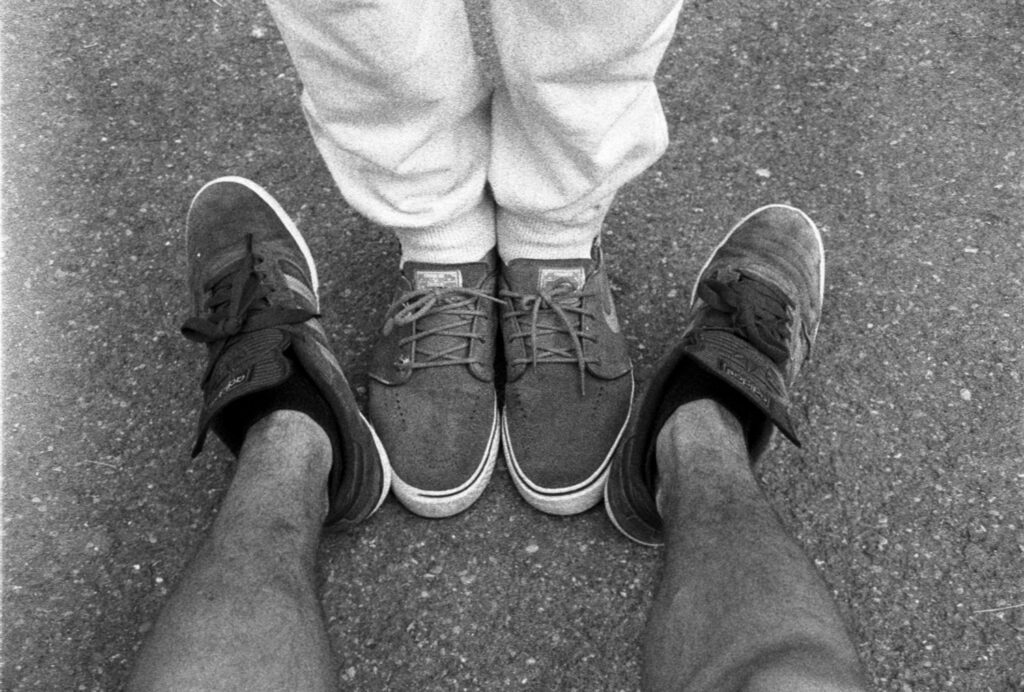
Fomapan 400 is an economically priced black and white film known for its classic grain structure and striking contrast. It produces images with a distinct, vintage feel that many photographers appreciate. With an ISO 400 rating, it’s adaptable to different lighting scenarios. Used in the Canon Rebel 2000, Fomapan 400 yields images with a unique aesthetic, highlighting contrasts and textures, making it a great choice for those experimenting with black and white photography or working within a budget. Check current prices here.
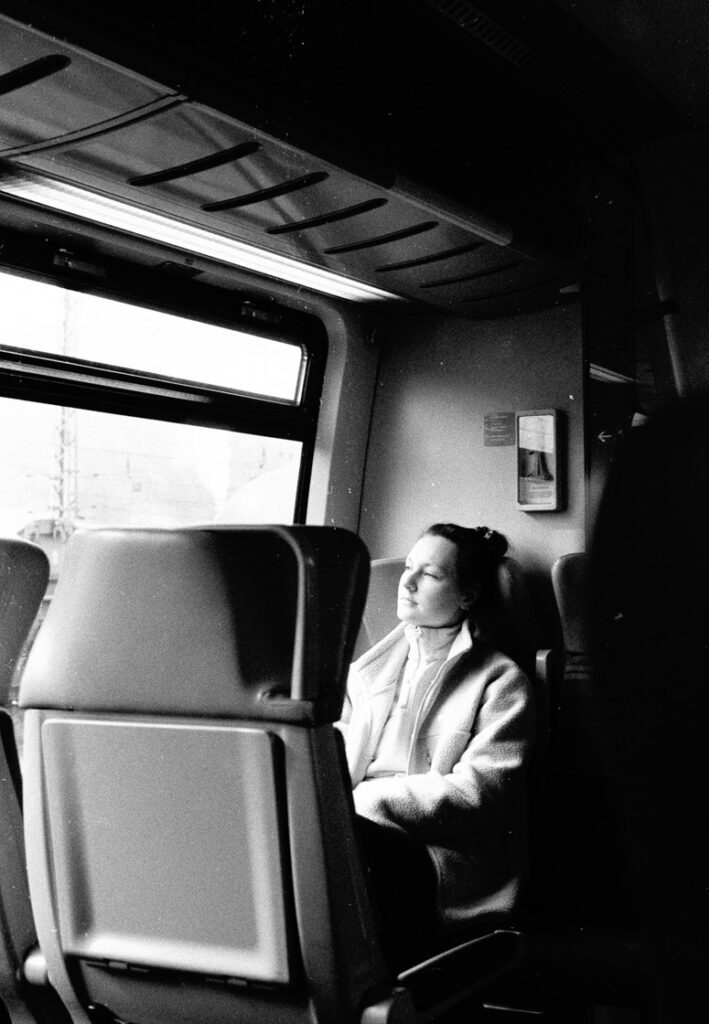
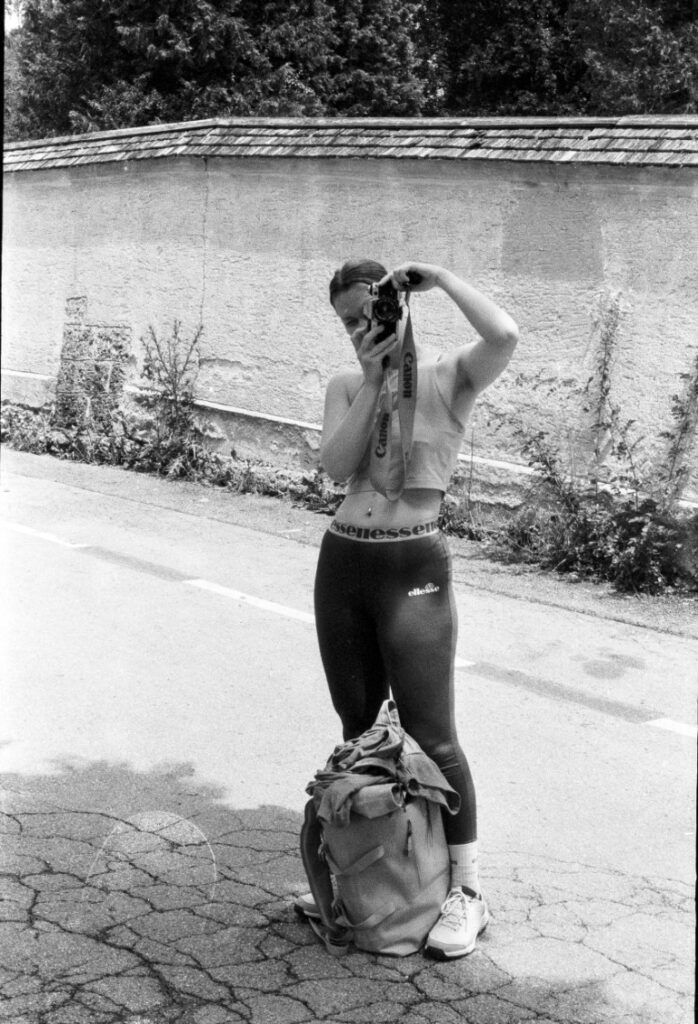
For more Foma 400 images, check out my Fomapan 400 Flickr album. We’ve captured our firsthand experiences with Fomapan 400 in this YouTube video, covering everything from shooting to self-developing the film. Take a look for a comprehensive look.
Agfa APX 100 is a medium-speed black and white film valued for its fine grain and high resolution. It offers a wide tonal range, ensuring detailed highlights and deep shadows. Best suited for well-lit conditions or tripod use due to its ISO 100 rating, Agfa APX 100 is ideal for capturing detailed landscapes and intricate portraits. In the Canon Rebel 2000, APX 100 produces images with exceptional clarity, detail, and a smooth gradation of tones, making it a top choice for those seeking precision and subtlety in their black and white photography. Check current prices here.
For more Agfa images, check out my Agfa APX 100 Flickr album.
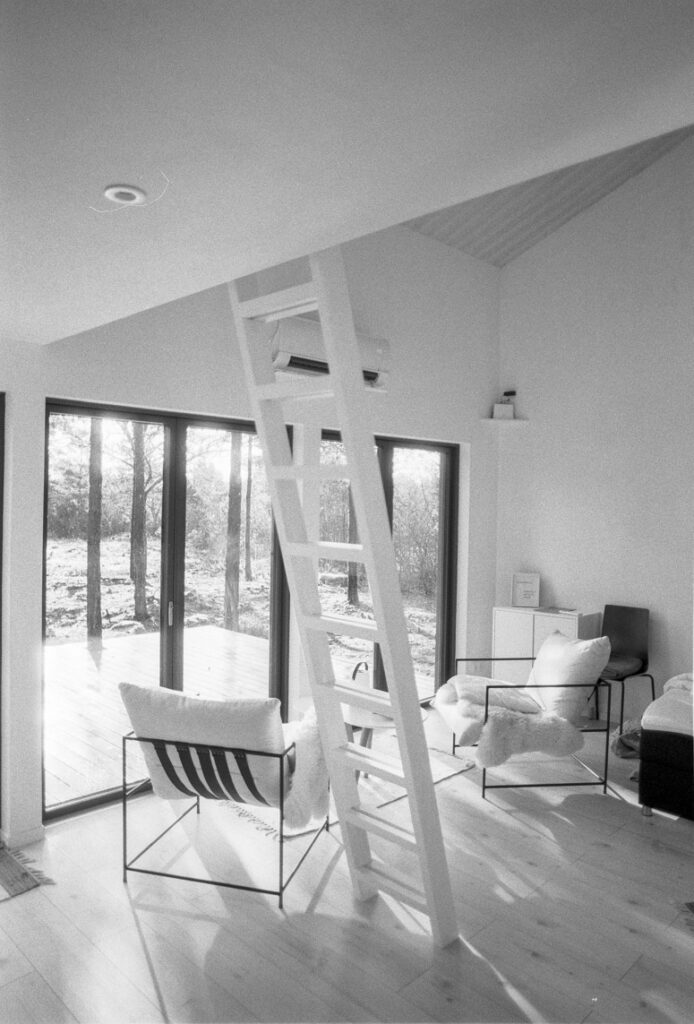
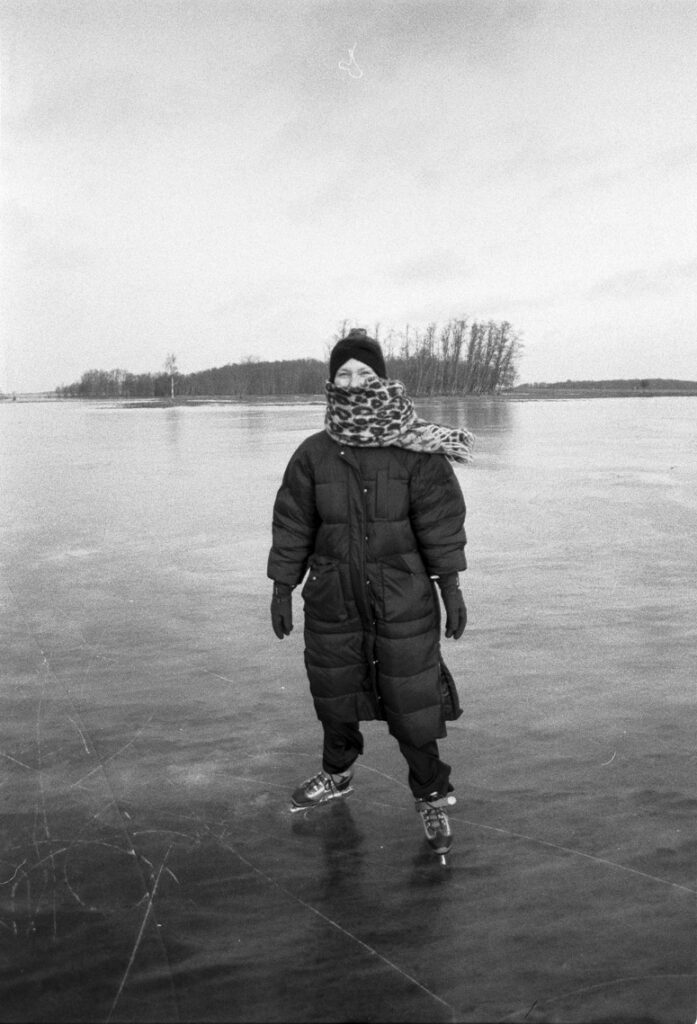

For those interested in diving deeper into black and white photography, we’ve compiled a comprehensive list of all available black and white film stocks. This extensive collection is an excellent resource for photographers eager to experiment and identify the film that aligns with their artistic expression. Explore our list to uncover the diverse range of black and white film options and broaden your photographic horizons.
Slide Films
Fujifilm Velvia 50 is an iconic slide film, celebrated for its high saturation and contrast. It produces images with vivid, punchy colors and deep, dramatic shadows. With an ISO of 50, it’s less sensitive to light and perfectly suited for brightly lit scenarios such as outdoor landscapes and nature photography, where its color reproduction excels. The Canon Rebel 2000, with its sharp lens and precise exposure system, can capture stunning images using Velvia 50, full of color and depth. However, due to its limited exposure latitude, careful exposure setting is crucial to avoid over or underexposing the image. Check current prices here.
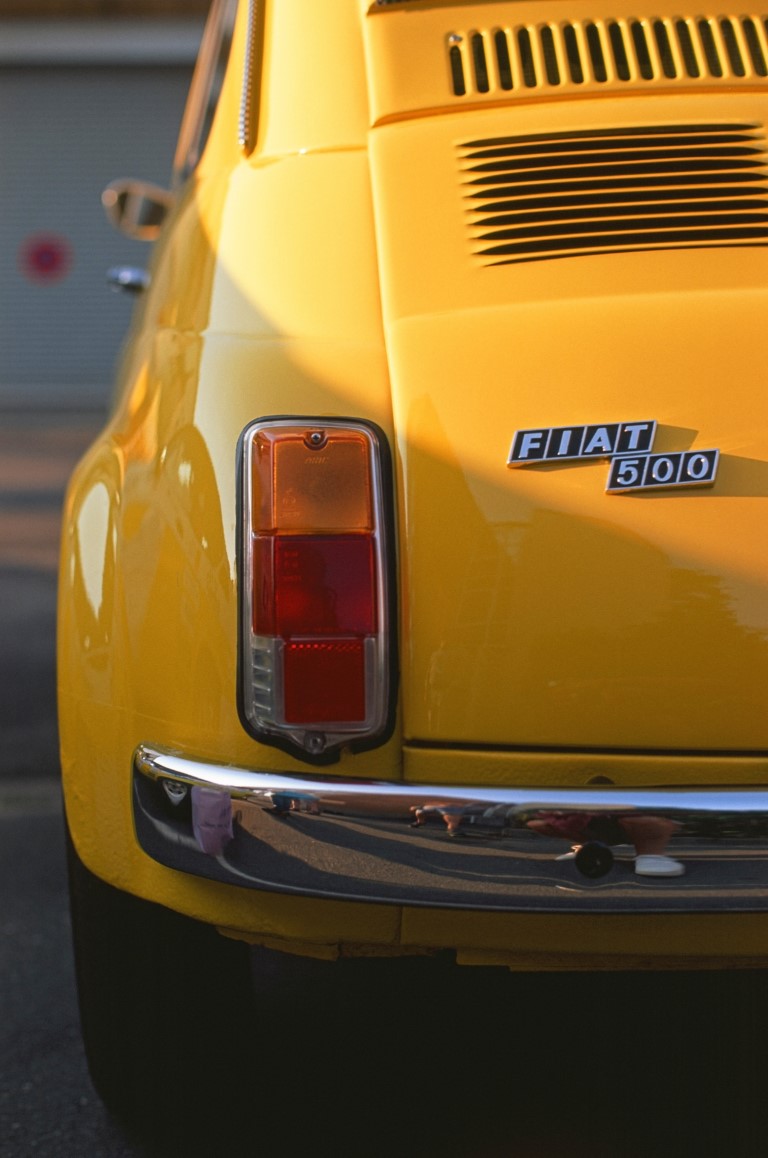
Kodak Ektachrome E100 is a revered slide film known for its balanced color palette and exceptional grain structure. It stands apart from other slide films with its realistic color rendition, excellent sharpness, and substantial dynamic range. With an ISO rating of 100, Ektachrome E100 is ideal for well-lit outdoor and bright indoor settings. In the Canon Rebel 2000, Ektachrome E100 can produce images with lifelike colors, impressive sharpness, and a wide dynamic range, making it a popular choice among professional photographers and enthusiasts alike for its reliable and superior quality. Check current prices here.
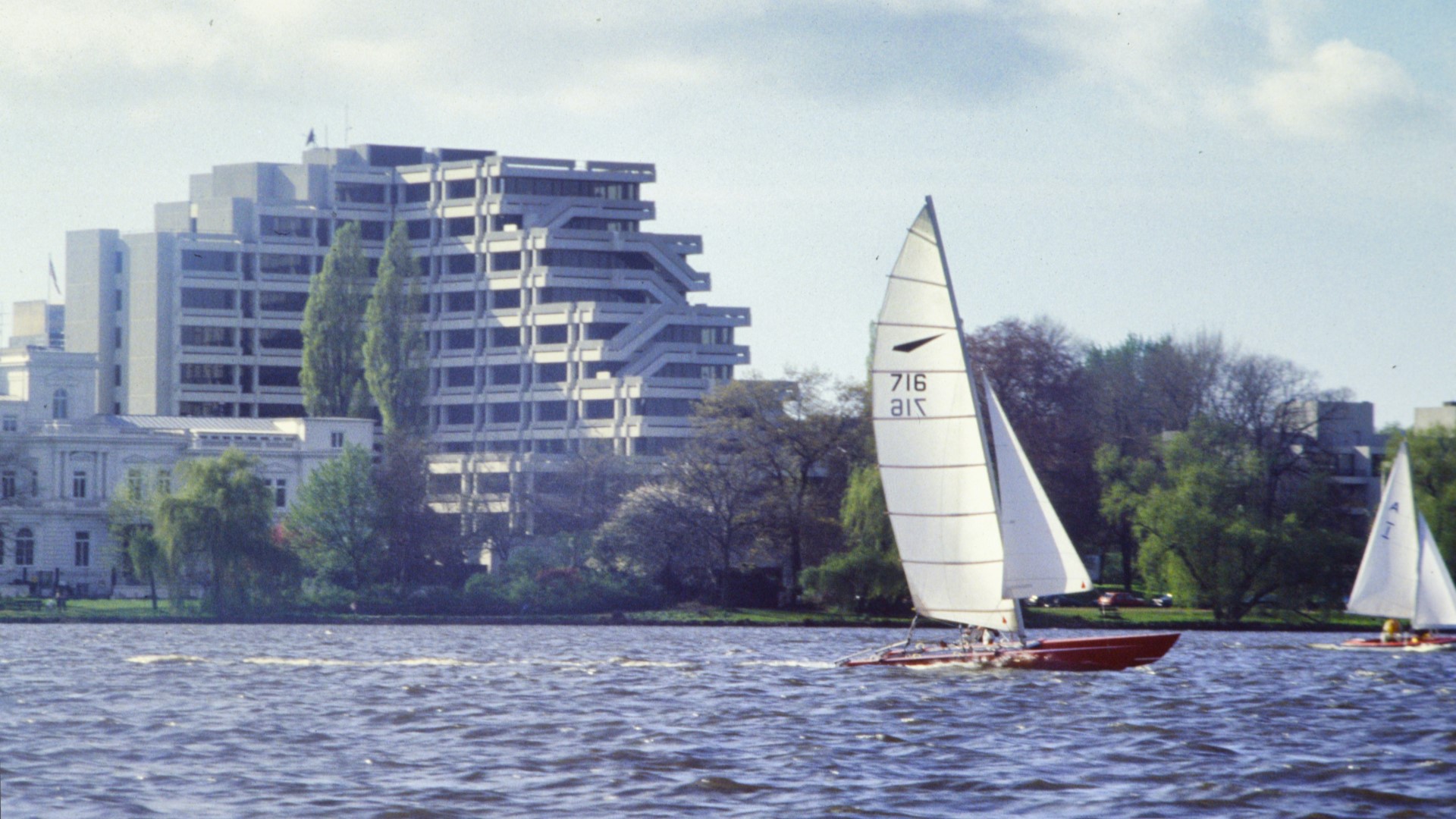
For enthusiasts looking to delve further into slide film photography, we offer a detailed list of all available slide film stocks. This catalog serves as a valuable tool for photographers who want to experiment and find the perfect slide film for their artistic endeavors.
Budget-Friendly Film Alternatives for the Canon Rebel 2000
Kodak Ultramax 400
Kodak Ultramax 400 is a color negative film renowned for its affordability, versatility, and solid performance. It provides vibrant yet natural color reproduction, excelling in rendering landscapes and skin tones with a warm touch. With an ISO rating of 400, it’s adaptable for outdoor shooting and well-lit indoor environments. In combination with the Canon Rebel 2000, Ultramax 400 can produce pleasing, colorful images with a slight nostalgic feel. Its affordability and wide availability make it a great choice for beginners or those in search of an everyday, reliable film. Check current prices here.
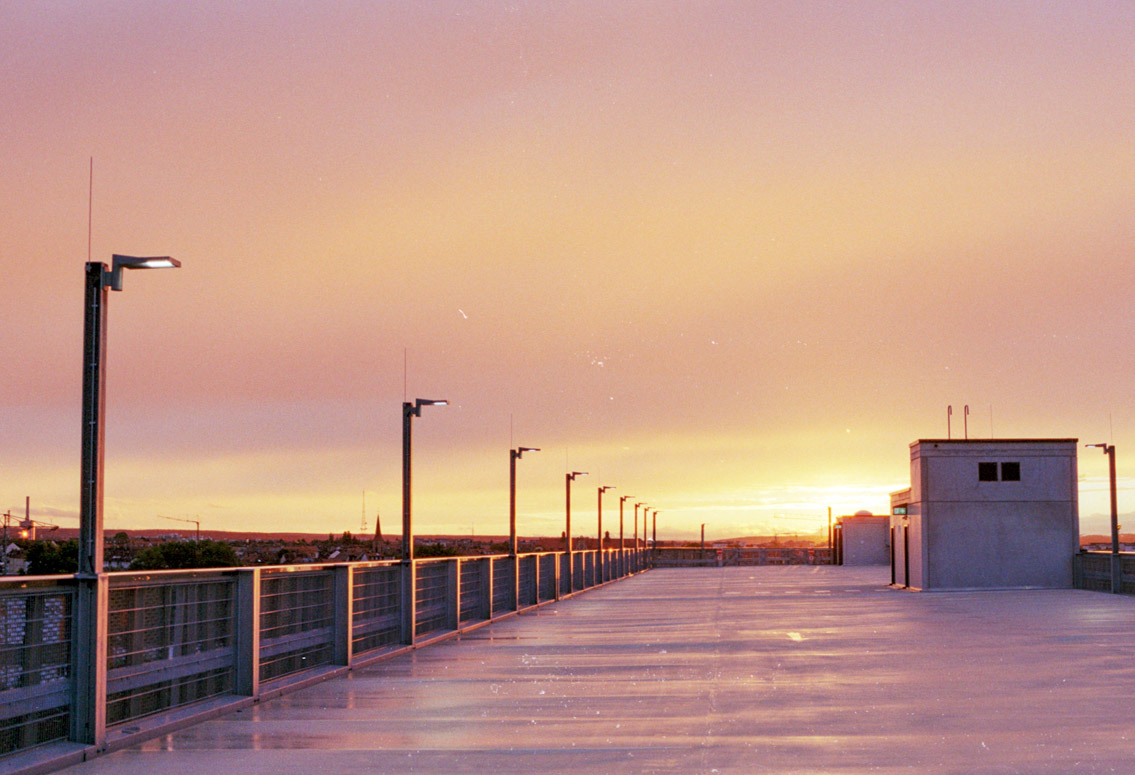
Ilford Kentmere 400
Ilford Kentmere 400 offers a cost-effective solution for black and white film photography without compromising on quality. Known for its sharpness and contrast, it’s an ideal option for those experimenting with monochrome photography. Its ISO 400 rating makes it versatile across various lighting conditions. Used with the Canon Rebel 2000, Kentmere 400 is capable of capturing images with a broad range of grey tones, depth, and pleasing contrast. Its budget-friendly price point makes it particularly suitable for students, beginners, or anyone looking to delve into black and white photography economically. Check current prices here.

